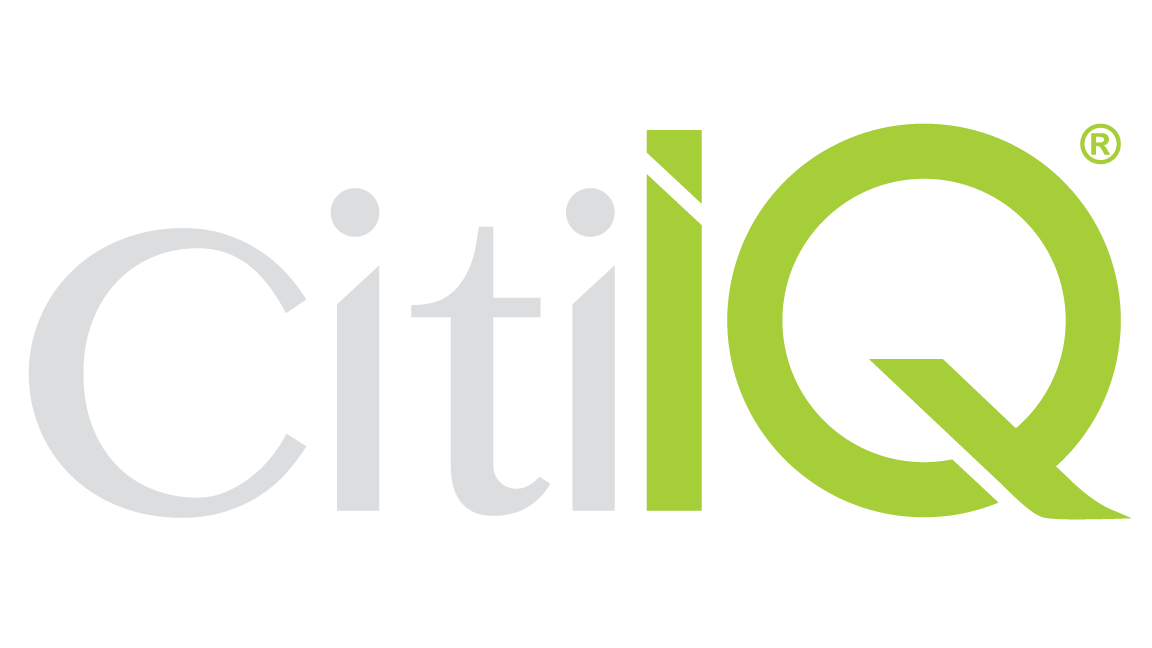
CitiIQ Hierarchy and Algorithm
To provide a sufficiently comprehensive and holistic diagnosis, CitiIQ has established an innovative approach to organizing the breadth of Considerations that contribute to the wellbeing of a city in their natural order of priority.
The result is a scoring system with 35 Considerations, within 5 Dimensions, using data driven by over 120 Indicators. The algorithm normalizes scores out of 100 and weights the scores through non-linear aggregation in order to provide a meaningful, comparative view.
The CitiIQ framework is founded on a thorough analysis of local data, providing unprecedented insight into the ecologies of cities. Through examination of available Indicators and their relationships, a strong foundation for an evidence-based methodology was formed.

Dimensions
The Considerations are organized in a hierarchical pyramid inspired by Abraham Maslow’s hierarchy of human needs. The established levels of the CitiIQ framework are:
Destiny
Livability
Opportunity
Competitiveness
Basic Needs
The most basic needs form the base of the pyramid, indicating that these are forerunners of more advanced aspects. A holistic, healthy community will score well at all five levels. While all Considerations (sub-themes within Dimensions) are important, some must be met before others can be prioritized. For example, hope for a future is essential to human well-being; however human life simply cannot sustain without the basic provisions of water, food, and physical safety. The algorithm reflects this reality as scores in the higher Dimensions gain importance with stronger scores in the lower (primary) Dimensions.
Considerations
Thirty-five Considerations function as the essential building block themes for community health and well-being. These were drawn from a deep pool of academic knowledge, internationally recognized institutions and standards, and applied knowledge from professionals working in community development. Each Consideration was assigned to its respective level within the hierarchy so that a city’s performance in any one Dimension is defined by its performance in all Considerations comprising that Dimension. The Considerations within each Dimension are as follows:
Basic Needs
Competitiveness
Opportunity
Livability
Destiny

Indicators
114 Indicators form the foundation of the scoring platform. They are based on quantifiable aspects of a city, generally accessible through publicly available data, and processed through the CitiIQ algorithm.
The list of Indicators was developed to optimize comprehensiveness, utility, accuracy, and likelihood of accessible data. Indicators inform the 35 Considerations to varying degrees, and may inform multiple Considerations in the hierarchy.
The network-like framework of the algorithm reflects the complex nature of a city.
Consideration to Indicator Mapping*
This interactive diagram shows the complex relationship between Considerations (35 on left side) and Indicators (114 on right side) that inform the unique methodology of CitiIQ.
*Refresh browser if interactive image does not appear below
Weighting the Data
In order to make disparate raw data comparable and most useful, it is relativized through a system of normalization and non-linear aggregation. These procedures are explained below.
Score Normalization
Since the range of Indicators are measured in diverse ways, the algorithm required a method of normalization such that each Indicator could be scored on a common scale.
For example, ‘Unemployment’ is generally measured as a percentage of eligible individuals who lack employment; thus, a lower percentage is desirable. By contrast, ‘Life Expectancy’ is typically measured in years, where a higher score is desirable. Thus, normalizing Indicator scores involves mathematically translating these raw values onto a 0-100 scale, where 0 is the worst possible value and 100 is the best.
Constraint of Linear Aggregation
Forms of linear aggregation allot equal weight to each part comprising the whole (such as the average or mean); thereby failing to reflect the complex relationships between Indicators and Considerations. For example, while a high score should be an indication of effective performance, aggregating scores linearly (where each is weighted equally) can obscure outlier scores, such as particularly well or poorly scoring Indicators.
To promote clarity and accuracy in exploring community performance of the 35 Considerations, CitiIQ employs non-linear aggregation to combine Indicator scores and to accurately highlight the “gaps” which may otherwise be overlooked.
The following figure illustrates the bias linear aggregation can introduce into a model. The linear score is calculated by averaging the four scores and the non-linear score is calculated on a weighted basis.

Normalization Formula
One of four different approaches may be taken to normalize an Indicator depending upon its characteristic as follows:
Linear
Used when there are defined maximum and minimum values that the Indicator can take. The raw value is scaled proportionally between these values, as shown in the graph.
Exponential
Used when there is a precise minimum value the Indicator can take, but no defined maximum amount. As shown in the graph, when the raw value of the Indicator is small, the scaled value increases rapidly, but as the raw value becomes larger and larger, the scaled value gets closer and closer to 100.
Sigmoid
Used when the maximum and minimum values of the Indicator are not defined. The graph tends towards 0 for small raw values, and towards 100 for large raw values, but most of the change occurs within a smaller range of values.
Bell Curve
Sometimes there is an ‘ideal’ value for an Indicator, and anything larger or smaller is not as good. In this case, the bell-curve graph is appropriate, where the shape is determined by the standard distribution parameters, the mean and the standard deviation.
Non-Linear Aggregation
The CitiIQ algorithm employs several forms of non-linear aggregation.
Firstly, an Indicator will most likely influence more than one Consideration; however, may not influence each Consideration to the same degree. For example, the Indicator ‘Greenhouse Gas Emissions’ informs the 3 Considerations “Energy Supply”, “Resilience” and “Green Space”. As the following diagram indicates, this Indicator carries a different weight for each Consideration, reflecting the known strength of its relationship to each Consideration.
Secondly, in the same way the top of a pyramid is only as secure as it’s lower layers, so a city’s measure of wellbeing depends firstly on the primary Dimensions. A community may have a high score for “Signature + Identity”, but if the scores for “Water Supply”, “Food Security” or “Shelter + Housing” are low it does not have a high measure of wellbeing. As a result, only when the primary Dimensions of wellbeing are satisfied, do the other Dimensions factor meaningfully into the score.
The CitiIQ algorithm presents a more accurate critique of the priorities necessary to improve a community’s wellbeing.
The following visualization demonstrates an example of how the 35 Considerations, the 5 Dimensions and the City as a whole might be scored for a particular community:
The following figure illustrates the total CitiIQ score.

Data Sources
The CitiIQ platform draws on data sources that support 114 Indicators deemed to have the most pertinent effect on the health and well-being of a city.
Access to Education
Affordability of Dining
Affordability of Entertainment
Air Quality
Airport Throughput
Annual Economic Growth
Arts and Culture Community
Availability of Nursing Personnel
Balanced Demographics
Basic Internet Connection
Business Excellence
Business Start-Up Time
Child Labour
Child Nutrition
City Restaurants
Communications Infrastructure
Commute Time
Consumer Confidence
Corruption
Cost of Borrowing
Cost of Living
Credit Rating
Cross-Consideration Distinction
Current Account Balance
Dedicated Cycleways
Developed Business Climate
Distinction of City Transportation
Distinction of Innovation
Distinction of Municipal Architecture
Distribution of GDP
Domestic and International Security
Energy Network Efficiency
Entertainment Reputation
Female Voter Participation
Food Supply Reliability
Foreign Investment
Freedom of Speech
Global Prominence
Government Fiscal Independence
Green Space
Greenhouse Gas Emissions
Healthcare Personnel
Healthy Population Weight
High Capacity Public Transport
High Speed Cellular Service
High Speed Internet Connection
Homelessness
Hospital Capacity
Household Capacity
Housing Affordability
Income Equality
Innovative Research Institution
International Trade
Internationally Influential Companies
Investment Risk
Job Creation
Labour Force Gender Equality
Mitigation of Diabetes
Mitigation of Infectious Diseases
Mobile Phone Usage
National Economic Strength
National Gender Equality
National Population Happiness
New Mother Maturity
Patented Innovations
Population Above Poverty
Population Density
Population Electricity Access
Population Equality
Population Life Expectancy
Population Literacy
Postgraduate Degrees
Prevention of Child Mortality
Prevention of Drug-Related Deaths
Primary Education Student-Teacher Ratio
Primary Level Education Endurance
Proportion of Two-Parent Families
Protection Against Natural Disaster
Protection Against Sexual Violence
Provision for Paid Parental Leave
Public Access to Appropriate Shelter
Public Infrastructure Supply
Public Transport Ridership
Quality of Living
Recycling Services
Refuse Collection Services
Renewable Energy
Research and Development
Safety from Domestic Abuse
Secondary Level Education Endurance
Security from Homicide
Sights and Landmarks
Sporting and Event Facilities
Strength of Fire Services
Strength of Policy Services
Suicide Prevention
Sustainable Access to Basic Sanitation
Sustainable Access to Safe Water
Sustainable Population Fertility
Taxation of Income
Taxational Barriers to Investment
Tertiary Degrees
Tourism Revenue
Tourism Visits
Transportation Fatalities
Unemployment
Universities Ranking
Unrestricted Business Collaboration
Voter Participation
Youth Suicide Prevention
Youth Well-being

Free Trial of Demo City









